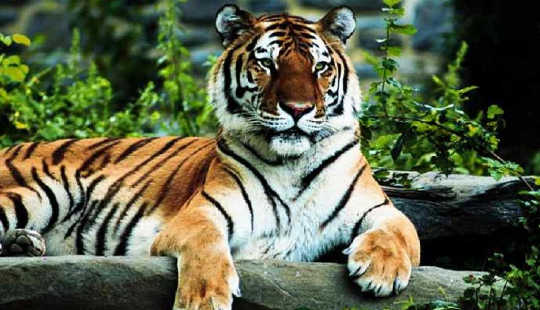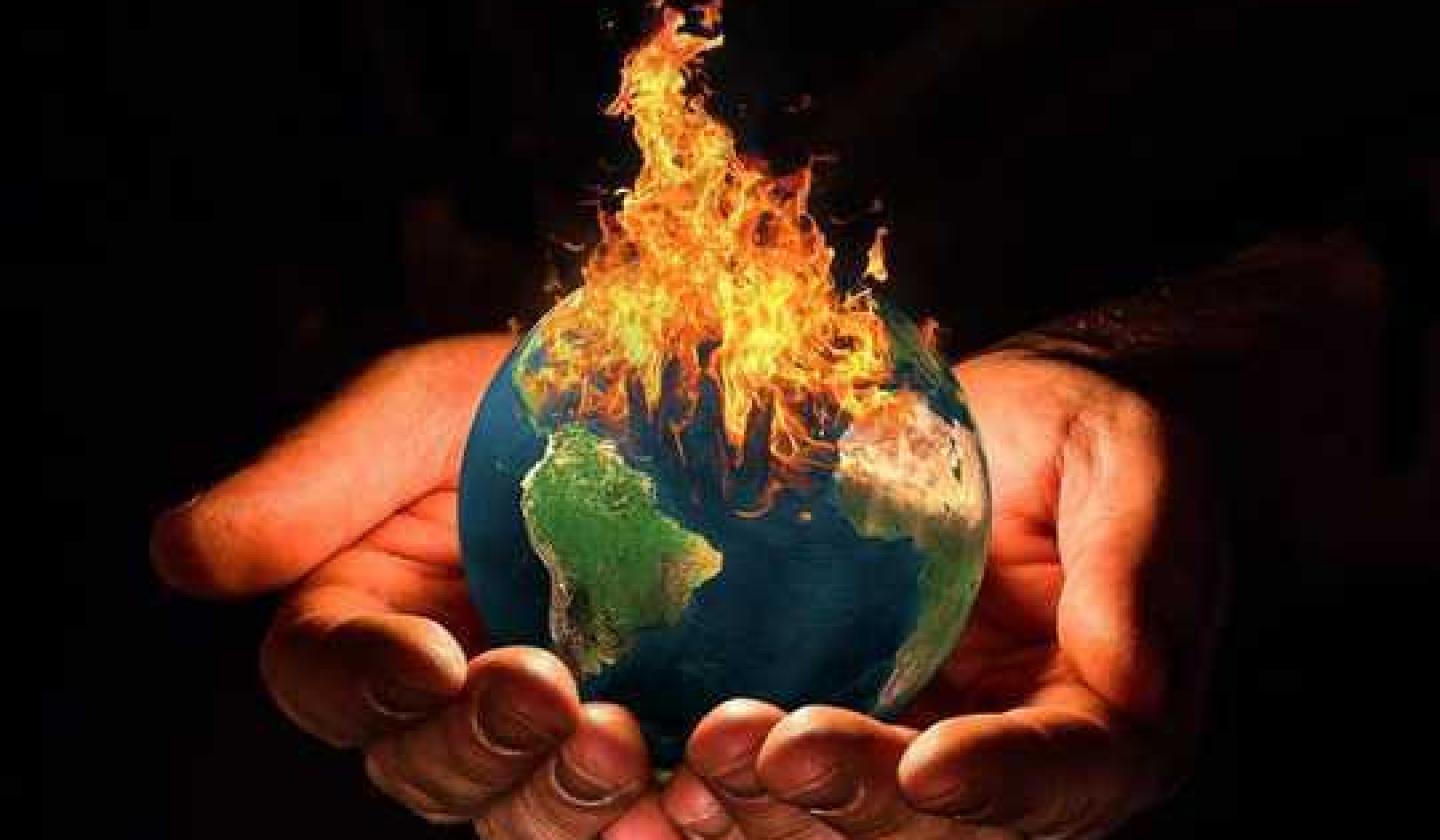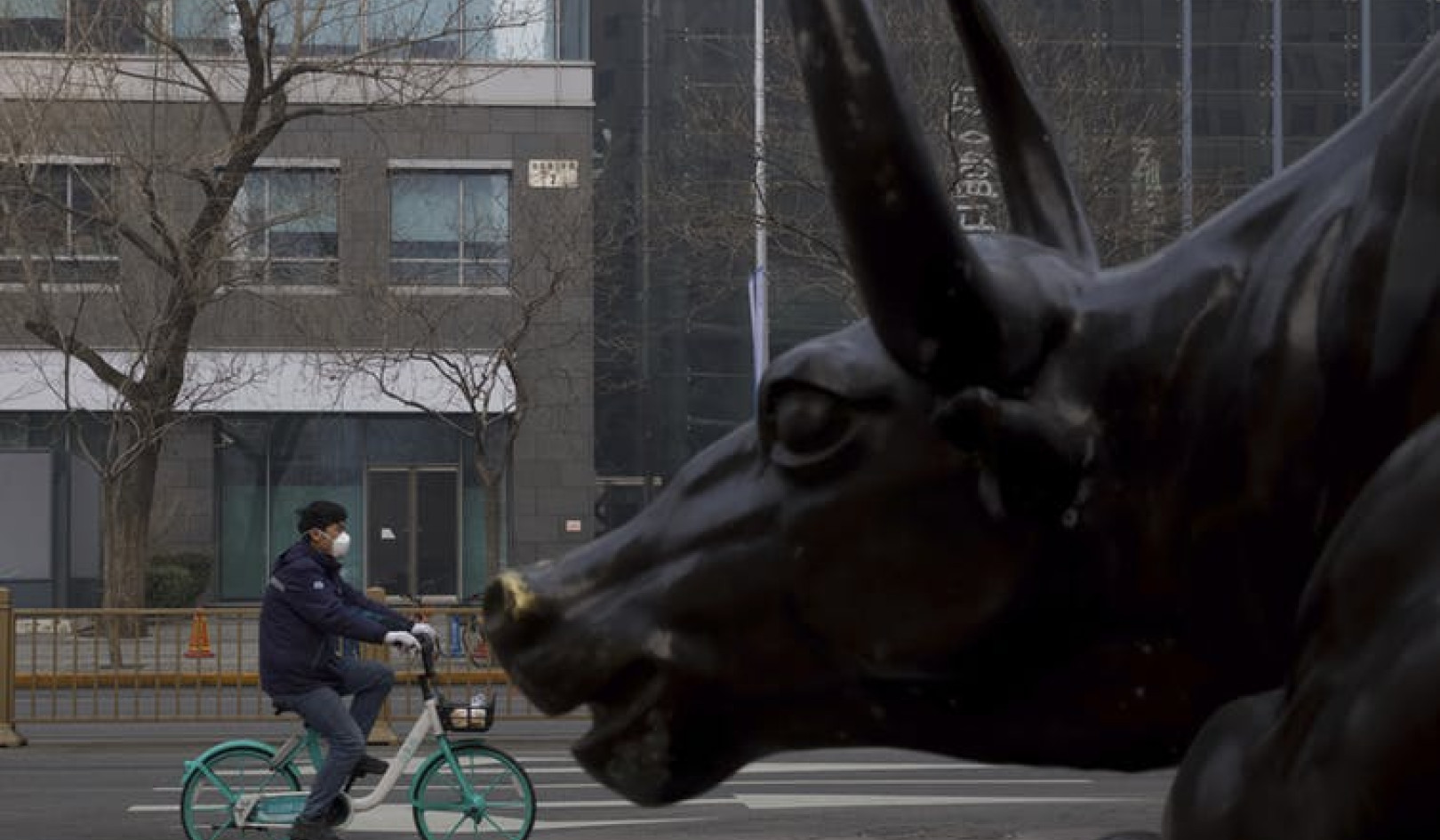
What will the world look like as rhinos, tigers, and other large animals go extinct?
In a new call to action, scientists warn the fallout will include diminished biological diversity, fewer ecotourism job opportunities, and the loss of benefits science is only beginning to discover.
Published in the journal BioScience, the 13-point declaration emphasizes the need to acknowledge threats, halt harmful practices, commit to conservation, and recognize a moral obligation to protect the planet’s large animals.
“Working with this group of colleagues to articulate the emergency of the issue and to develop a declaration was a logical step to try to promote awareness and action on the part of society at large,” says Rodolfo Dirzo, professor of environmental science at Stanford University.
Dirzo’s previous research has shown how critical large animals are in regulating disease risks for humans, preventing wildfires and spreading plant seeds, among other benefits.
About 60 percent of the world’s largest animals are threatened with extinction, according to the International Union for the Conservation. Among the most serious threats to endangered animals are the expansion of livestock and crop operations, illegal hunting, deforestation, and human population growth.
Large animals are extremely vulnerable to these threats in large part because they require expansive areas and have low population densities—a fact that is especially true for carnivores. “Under a business-as-usual scenario, conservation scientists will soon be busy writing obituaries for species and subspecies of megafauna as they vanish from the planet,” the researches write.
The group of zoologists, ecologists, and conservation scientists calls for a comprehensive global strategy that substantially increases political will and funding for conservation through binding regional and international frameworks.
Such a strategy would involve expanded interventions at scales relevant to animals’ habitat needs and large-scale policy shifts to alter the ways people interact with large animals. Key to this effort is understanding the value and importance of local human needs and combining international financial support with a coordinated multilateral approach to wildlife conservation.
Because regions with the greatest diversity of big animals, such as Sub-Saharan Africa and Southeast Asia, often lack the resources to implement effective conservation strategies, the researchers write, “the onus is on developed countries.”
Source: Stanford University
Related Books
at

Thanks for visiting InnerSelf.com, where there are 20,000+ life-altering articles promoting "New Attitudes and New Possibilities." All articles are translated into 30+ languages. Subscribe to InnerSelf Magazine, published weekly, and Marie T Russell's Daily Inspiration. InnerSelf Magazine has been published since 1985.

Thanks for visiting InnerSelf.com, where there are 20,000+ life-altering articles promoting "New Attitudes and New Possibilities." All articles are translated into 30+ languages. Subscribe to InnerSelf Magazine, published weekly, and Marie T Russell's Daily Inspiration. InnerSelf Magazine has been published since 1985.





























